Sacred Plants – Kanna dry extract 50:1 – (Sceletium tortuosum) from South Africa, 2 grams
€ 8,50 Incl. VAT
Botanical name: Sceletium tortuosum
Popular name: Kanna
Plant part: Whole
Variety: Dry Extract 50:1
Region of Origin: Thailand and South Africa
Contains: 2 grams
87 in stock
Beschreibung
Medicinal and Cultural uses of Kanna
Also known as Channa, or Sceletium tortuosum, the succulent herb known as Kanna has been traditionally used in the treatment of anxiety and stress for its tranqulizing properties, which can also work to improve moods and to relieve discomfort and pain along certain body areas, such as the abdomen.
It has thick, sap filled leaves, as it is the case with most succulent plants; these leaves retain a significant amount of water, and the sap is rich with several alkaloids such as mesembranol, mesembrenol, msesmbrenone, and mesembrine, which are responsible for most of Kanna’s medicinal benefits.
Another name that has been commonly associated with Kanna is “Kougoed,” yet while some use this term to refer to the plant, others claim it is the name given to the final product of a traditional recipe for folk medicine, which involves drying and fermenting this plant to boost its stimulating effects. The most common forms of intake of this plant are snuffs, teas, and smoking and chewing blends.
The roots, stems, and leaves have been used as a chewing substance for hundreds of years by peoples native to South Africa, such as the Khikhoi and the San communities, who appreciate it for its soothing effect and use it to enhance focus and boost other cognitive functions as well. In folk medicine, it has also been a part of the treatment of alcohol addiction and even to supress famine and thirst.
The Namaqualand people also make use of Kanna’s medicinal properties, mainly for dealing with symptoms and the treatment of depression.
Our Kanna Dry Extract is organically cultivated in Thailand by a South African farmer whose knowledge in ancestral customs and medicinal practices makes for ethical and sustainable traditional farming.
Reviews (0)
Only logged in customers who have purchased this product may leave a review.
Disclaimer
Related products
Scientific Name
Herbs (Plants)


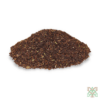
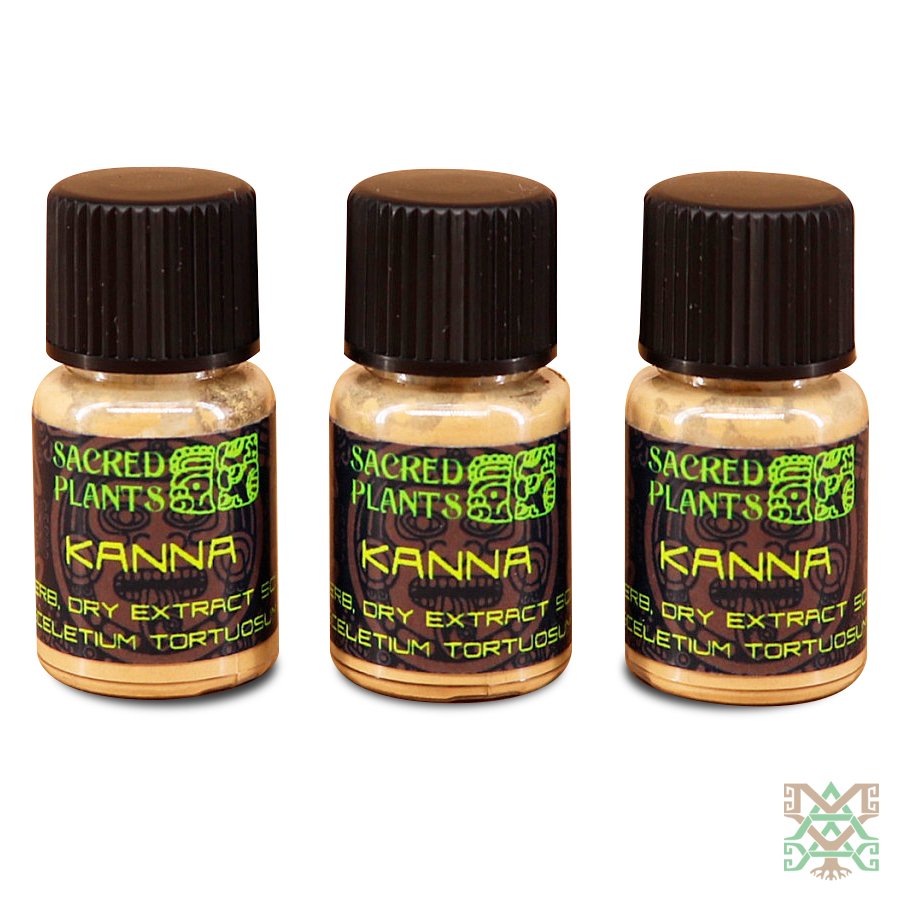
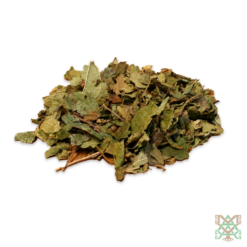
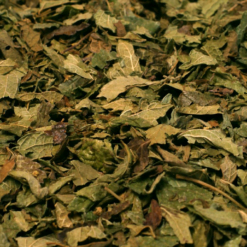
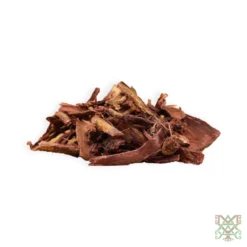
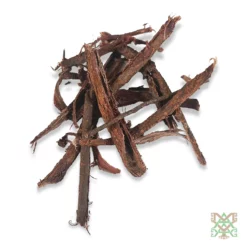
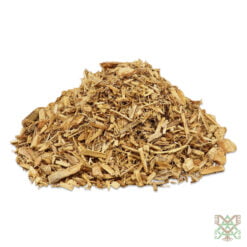
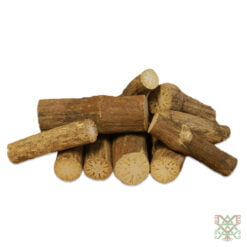
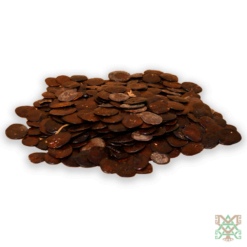
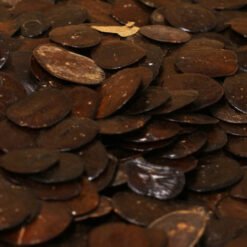
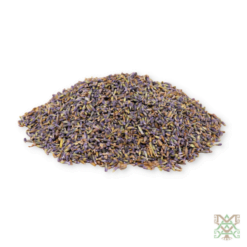
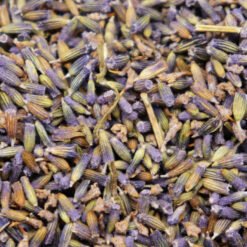
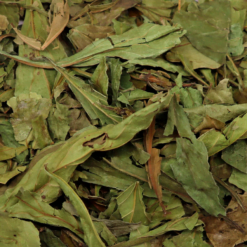
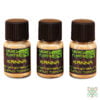
Reviews
There are no reviews yet.